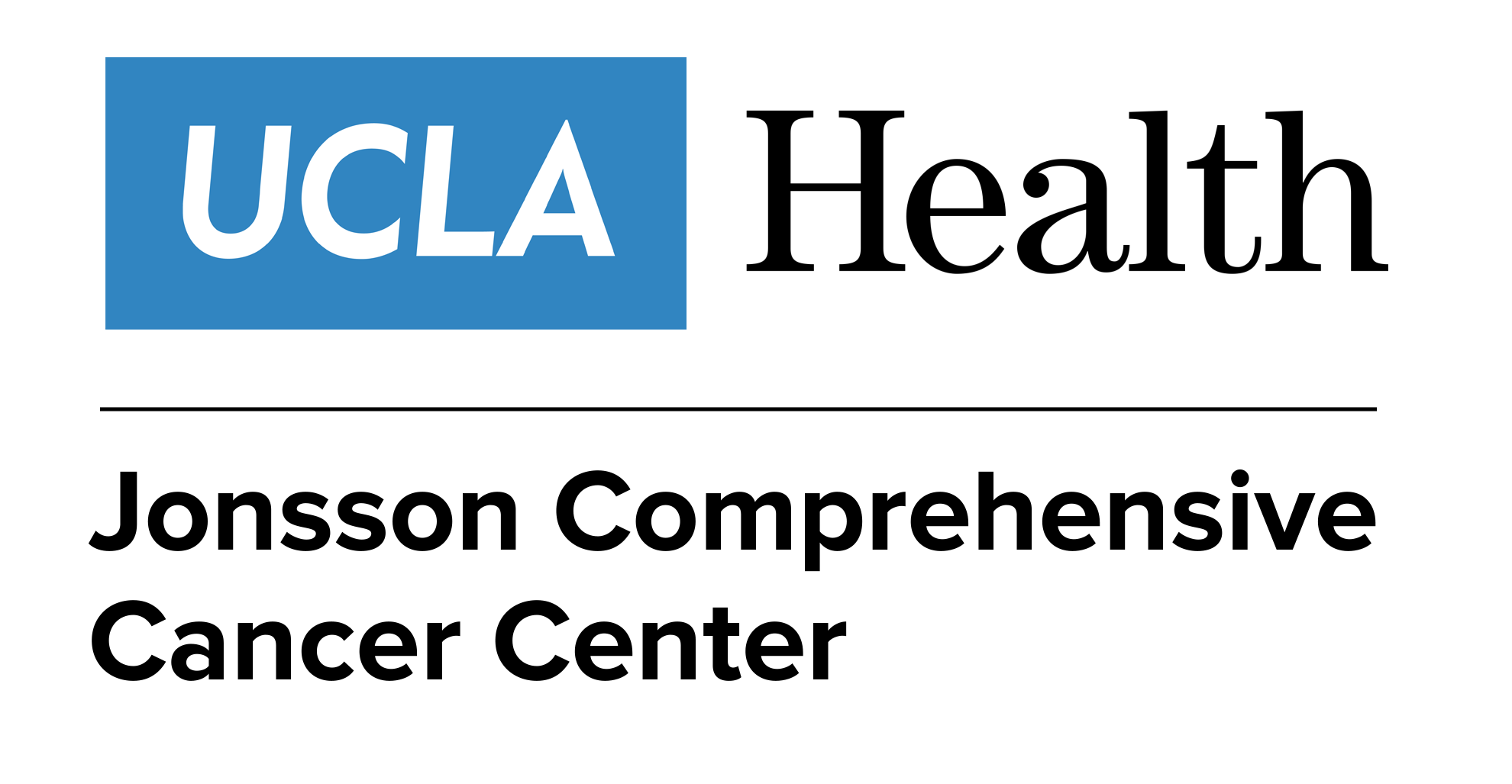- Advertise
- About OncLive
- Editorial Board
- MJH Life Sciences brands
- Contact Us
- Privacy
- Terms & Conditions
- Do Not Sell My Information
2 Clarke Drive
Suite 100
Cranbury, NJ 08512
© 2025 MJH Life Sciences™ and OncLive - Clinical Oncology News, Cancer Expert Insights. All rights reserved.
Dr. Aberle on Novel Approaches to Screening for Lung Cancer
Denise R. Aberle, MD, professor of Radiology in the School of Medicine, of Bioengineering in the Henry Samueli School of Engineering and Applied Science, UCLA Medical Center, discusses novel approaches to screen patients for lung cancer.
Denise R. Aberle, MD, professor of Radiology in the School of Medicine, of Bioengineering in the Henry Samueli School of Engineering and Applied Science, UCLA Medical Center, discusses novel approaches to screen patients for lung cancer.
Now that practitioners are in the implementation phase of computed tomography screening, there are several ways to improve upon it to reduce lung cancer mortality, Aberle explains. Researchers should be using risk assessment to determine who should be screened. Secondly, in patients who have been found to have an indeterminate nodule, how are patients with lung cancer distinguished from those who do not have the disease?
Aside from criteria established by the National Lung Cancer Screening Trial (NLST), some organizations, such as the NCCN, have developed screening guidelines with category 2 criteria, which include younger age groups with less intensive smoking history or who are current smokers. Limited evidence shows that these individuals, if they have additional risk factors, have the same annualized rates of lung cancer as those who fall into the NLST criteria.
The importance of this, Aberle adds, is that the criteria of strictly age and smoking history is likely insufficient. Therefore, additional factors should be considered to include a broader range of patients.
Related Content:





